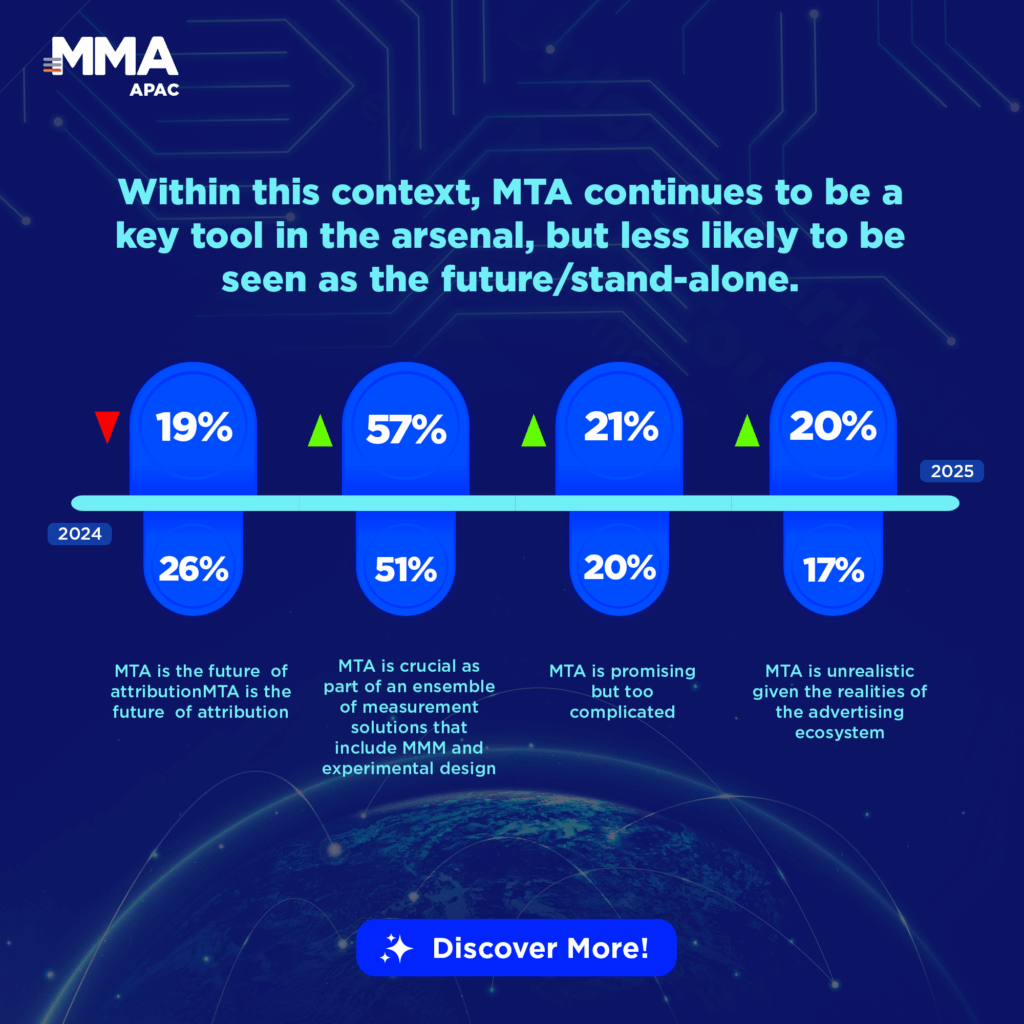
Root Cause Analysis (RCA) Introduction
The world of eCommerce is full of challenges. From website crashes to supply chain disruptions, these issues can significantly impact your operations and profits. While implementing quick band-aid solutions, it is easy to fix the symptoms. But temporary; the underlying issue stays. To truly fix the core issue and prevent it from recurring in the future, eCommerce business owners must find the root cause. By identifying the root causes behind performance issues, businesses can implement targeted solutions and achieve significant results. Having said that, what are the biggest challenges in Root Cause Analysis (RCA)?
The biggest challenge for eCommerce businesses to carry out RCA:
- Scattered data: Data is generated across various channels – website analytics, marketplaces, marketing platforms, inventory management systems and even social media interactions. This data fragmentation makes it difficult to get a holistic view of customer behavior and performance.
- Unstructured data: Adding to the complexity, much of this data is unstructured. Each platform stores data differently, making it difficult to have uniformity. Imagine trying to solve a puzzle where the pieces are not only spread out but also come in different shapes and sizes! Analyzing this requires additional effort to transform them into a usable format.
- Huge volume: Sifting through a massive amount of data to identify the root cause can be overwhelming. Human error and bias can easily creep in, jeopardizing the accuracy of the RCA process. Extracting meaningful insights from massive datasets also requires advanced analytics tools and techniques (data mining, machine learning). These can be expensive or require specialized skills.
- Overcoming bias and assumptions: Another challenge is avoiding bias and assumptions that can influence your analysis. These can stem from personal preferences, company culture, past experiences, or external pressures.
How can eCommerce brands conduct Root Cause Analytics (RCA)?
Root Cause Analytics will help you diagnose the “why” behind the revenue fluctuations of your eCommerce brand. It helps you analyze the relationship between the metrics influencing your revenue to identify the primary drivers behind the fluctuations.
To begin with, here is the key formula based on which the analysis can be performed – The eCommerce equation.
eCommerce Revenue = Traffic × Conversion Rate × Average Order Value

Source: eCommerce Equation, Graas
1. Analyze Traffic Trends
Traffic is measured as either “total number of page visits” or “number of unique visitors” to all the product pages of your store in a given time period. Declining traffic could indicate many issues like website crashes, search visibility declines, or reduced marketing efforts.
Deep diving into your traffic data across various channels and marketing sources allows you to see if the decline is widespread or limited to specific areas. This helps narrow down the problem.
For example, if traffic drops are limited to your website, the reason can be technical errors that do not allow the visitor to access your store. One of the solutions could be IT troubleshooting and web performance fixes.
But if overall visits are down across channels, ineffective marketing campaigns are likely to be blamed. You can keep drilling down to understand the reason for the dip. Is it onsite or offsite ads, impressions or clicks, specific campaigns or products? By tracing it down to the lowest possible level, you can identify and fix the cause of the issue.
2. Monitor Conversion Rates
The conversion rate is the percentage of visitors who complete a desired action, like signing up or making a purchase. If your conversion rates are declining, a cause could be friction in the user journey.
Having a comprehensive view of your conversion rate data across various channels allows you to pinpoint whether the decline is happening everywhere or isolated to specific marketplaces or regions. Identifying this scope is crucial for tackling the problem effectively.
If the conversion rate problems are limited to your site, there might be some issues with your user experience, page speed, or the checkout process. You can optimize pages, simplify checkout, and test design to remove friction.
However, if conversion rates fall across channels, it may signal broader issues with product listings, descriptions, demand, quality, or pricing.
By carefully analyzing your conversion rate data, you will gain insights, identify the specific issues hindering conversions and take targeted actions to get your customers successfully completing their purchases.
3. Use AOV to Identify Perception Issues
The Average Order Value (AOV) is the average amount spent on each order. A low AOV can result from changes in product costs, bundling, discounts, or customer segments.
Tracking AOV trends across various channels revealing if the decrease is widespread or limited to specific areas. Identifying the scope of the problem helps you pinpoint the root cause more effectively.
However, if the decrease in AOV is consistent across channels, it means a broader negative value perception. Customers may view prices as too high or products as low quality. Competitive research, customer surveys, and value-based messaging could help.
By identifying the source of AOV changes, you can recalibrate product value perception and protect revenue.

Source: Root Cause Analysis, Graas
Graas in Action – A case study
The RCA impact on a reputed Indonesian carry goods brand
- Challenges: Despite increased ad spend, a brand’s GMV on marketplaces kept declining for over a year.
- Solution: With Graas’ RCA it was revealed that certain products were underperforming. Deep diving into the products it was understood that the demand for the usual best-performing products was declining across the market.
- Recommendation: Prioritize and discount best-performing SKUs (Stock Keeping Units).
Bundle non-performing SKUs with better-performing ones to create more attractive offers.
Results:
- 71% increase in GMV in 3 months on Shopee
- 46% increase in GMV in 3 months on Tokopedia

Source: Graas



















